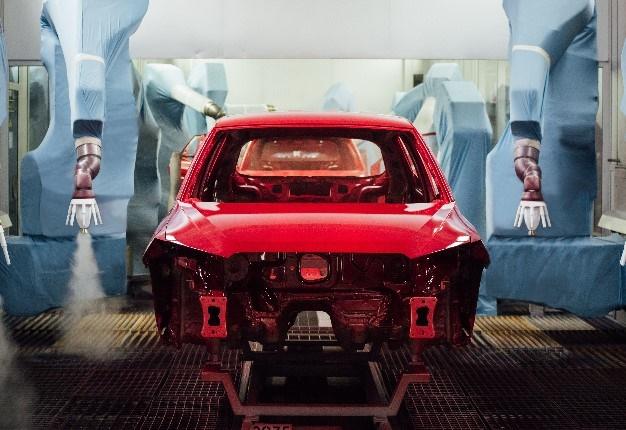
How to Dispose of Industrial Paint
Learn how to dispose of industrial paint waste with methods that are safe and compliant.Byline: BTB Author
October 8, 2025 / Time to read: 5 minManufacturers of cars, appliances, electronics and other products often use paint to protect and provide color to their products. Because of the requirement for mass production, these manufacturers often generate large quantities of paint waste.
When it comes to used paint disposal, industrial facilities must strictly follow the EPA’s guidelines for hazardous waste disposal in the Resource Conservation and Recovery Act (RCRA).
Keep reading to learn more about industrial paint disposal options plus hazardous waste disposal guidelines you’ll need to follow.
How to Dispose of Industrial Paint
Disposal of industrial paint can be done in various ways. Here are some of the most common solutions.
Waste Drum Disposal
Waste paint can be placed in government-approved and compliant disposal drums. The drum must be made of high-quality plastic or metal, leak-proof, durable and sealable.
The good thing about
Facility Shutdown
Spray booths, painting ovens and automated mixing vats are just some of the machines that keep industries churning out painted products. However, it’s almost impossible to clean these machines unless they’re completely switched off. While it can be inconvenient and disruptive, a
During a scheduled facility shutdown, these machines undergo procedures such as power vacuuming, paint removal or foundry sand removal. Residue and waste materials from these processes are then collected for proper treatment and disposal.
Hydro Jetting
This process involves the use of a high-pressure water jet to clear out pipes, lines and other surfaces. The
Tank Cleaning
Some facilities have holding tanks for waste paint and paint products. Regular
Hazardous Waste Regulations
The
Water-based paints are usually not covered under RCRA regulation because they are considered non-flammable. However, both oil and water-based paints contain metallic pigments, metals, fortifiers and additives. These compounds are considered hazardous wastes when disposed of. In addition, aerosol cans are regulated as hazardous waste when disposed of due to the oil-based paints, chemical blends and propellants inside the canister.
The specific regulations for paint hazardous waste disposal and classification are extensive. We can help you understand these regulations and remain compliant when managing your paint waste.
Compliant Paint Disposal
Due to the large amount of waste paint — as well as the complex nature of an industrial facility’s equipment — it’s best to leave industrial paint hazardous waste disposal to the pros. To learn more about our safe and compliant paint waste solutions, visit our
